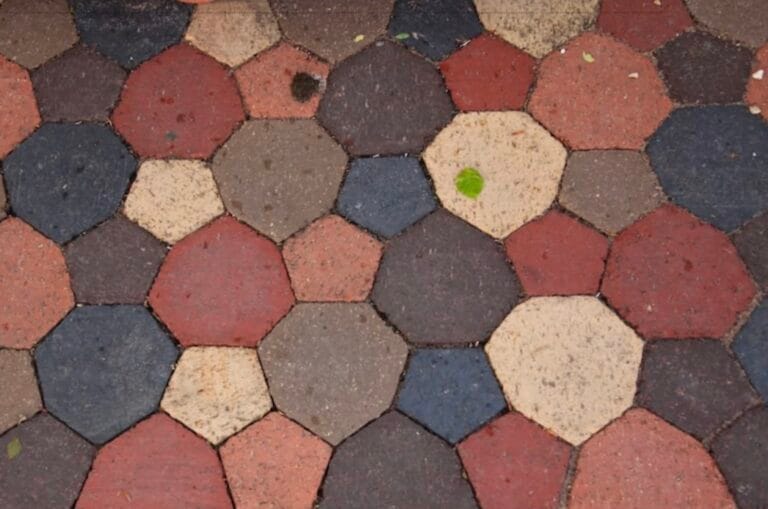Helsinki, Finland’s vibrant capital, is known for its blend of modernity and tradition. From its stunning architecture to its lush parks, there’s something here for everyone. However, for math enthusiasts and architecture aficionados, there’s a unique attraction that has recently caught attention—the Penrose tiling on the Central Street (Keskuskatu) promenade.
What is Penrose Tiling?
Penrose tiling, named after the British mathematician Roger Penrose, is a fascinating geometric pattern that can cover a plane without repeating itself. Discovered in 1974, this tiling consists of two shapes—kites and darts—that follow specific rules to create a non-repetitive pattern. These intricate designs are more than just visually appealing; they offer deep mathematical insights and have applications in solving complex geometrical problems.
The Central Street Promenade

The construction of the Central Street promenade is nearing completion, with only the final touches, such as planting trees, remaining. Due to its unique tiling, this vast and spacious street area has already become an object of mathematical awe. The stone pavement is embroidered with Penrose tiling, creating a continuously changing pattern that never repeats. This feature makes it not only a visual delight but also a topic of fascination for math enthusiasts.
The concept of non-periodic tiling isn’t entirely new. Similar designs have been found in ancient Arabic ornaments. However, the tiling on Helsinki’s Central Street prom was specifically selected by Yrjö Rossi. Other design options included regular patterns of waves or triangles, similar to those found in Sergels torg (Sergel’s Square) in Stockholm. Yet, the decision to go with Penrose tiling adds a unique, intellectually stimulating element to the promenade.
Even more intriguing is that the tiling incorporates a quasicrystalline pattern, a concept discovered by chemist Daniel Shechtman. Quasicrystals are ordered but not periodic structures. Shechtman’s discovery earned him the Nobel Prize in Chemistry in 2011. Therefore, the tiling on Central Street isn’t just a visual spectacle; it represents significant scientific and mathematical advancements.
For visitors, especially young, curious minds, the Central Street promenade offers more than just a walk through the city. It provides an opportunity to engage with complex mathematical concepts in a tangible way. If your child stops to stare at the tiling, they might just have what it takes to become a mathematician.
Visit Virtually
Can’t make it to Helsinki? No problem! You can take a virtual tour of the Central Street promenade on Google Maps. Experience the mesmerizing patterns and get a taste of the mathematical marvels from the comfort of your home.
The Penrose tiling on Helsinki’s Central Street promenade is a testament to the city’s commitment to blending art, science, and daily life. Whether you’re a math enthusiast, an architecture fan, or simply a curious traveler, this unique feature is a must-see. Next time you’re in Helsinki, make sure to take a stroll down Central Street and lose yourself in the intricate world of Penrose tiling.







